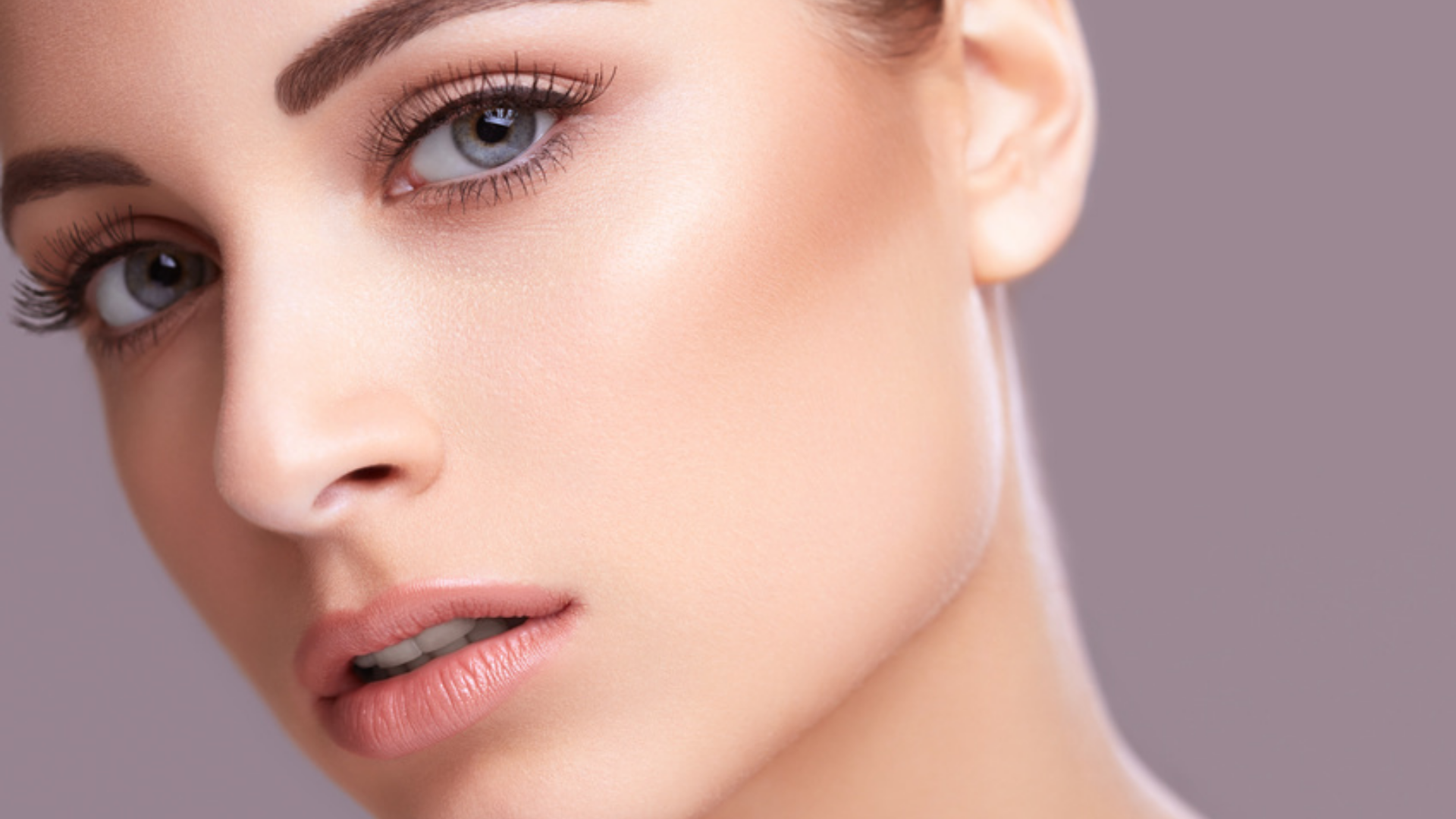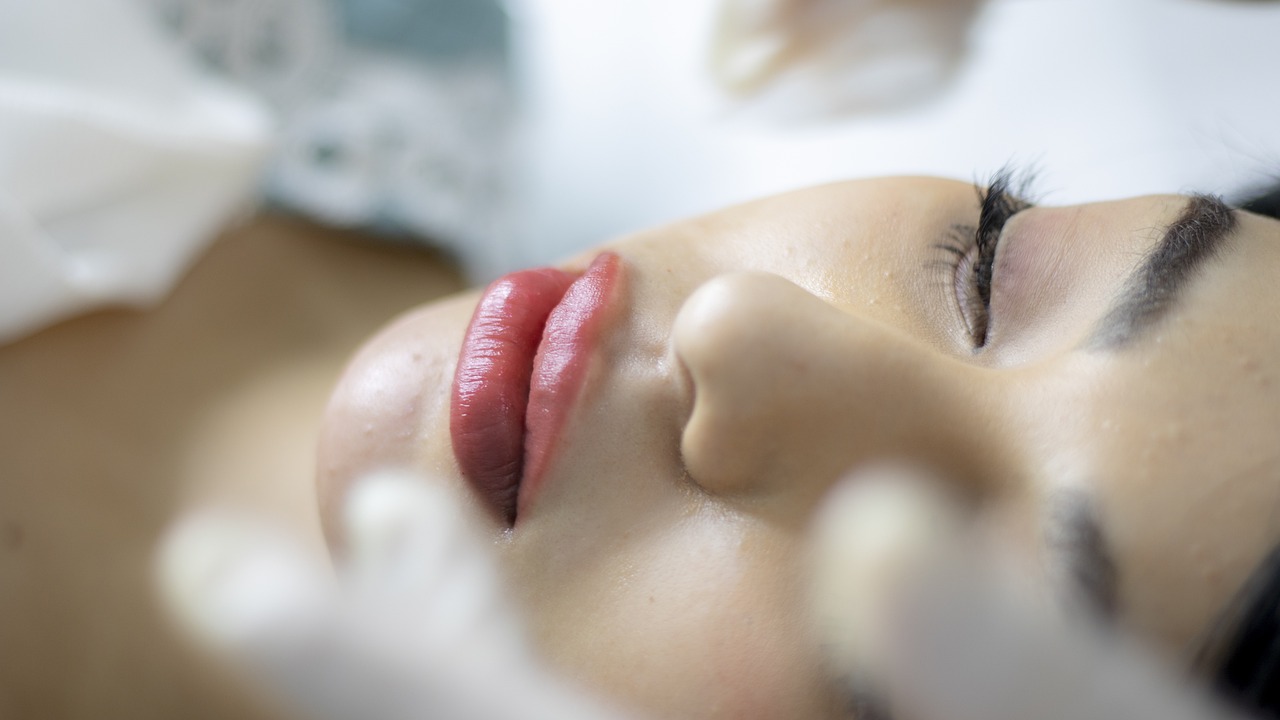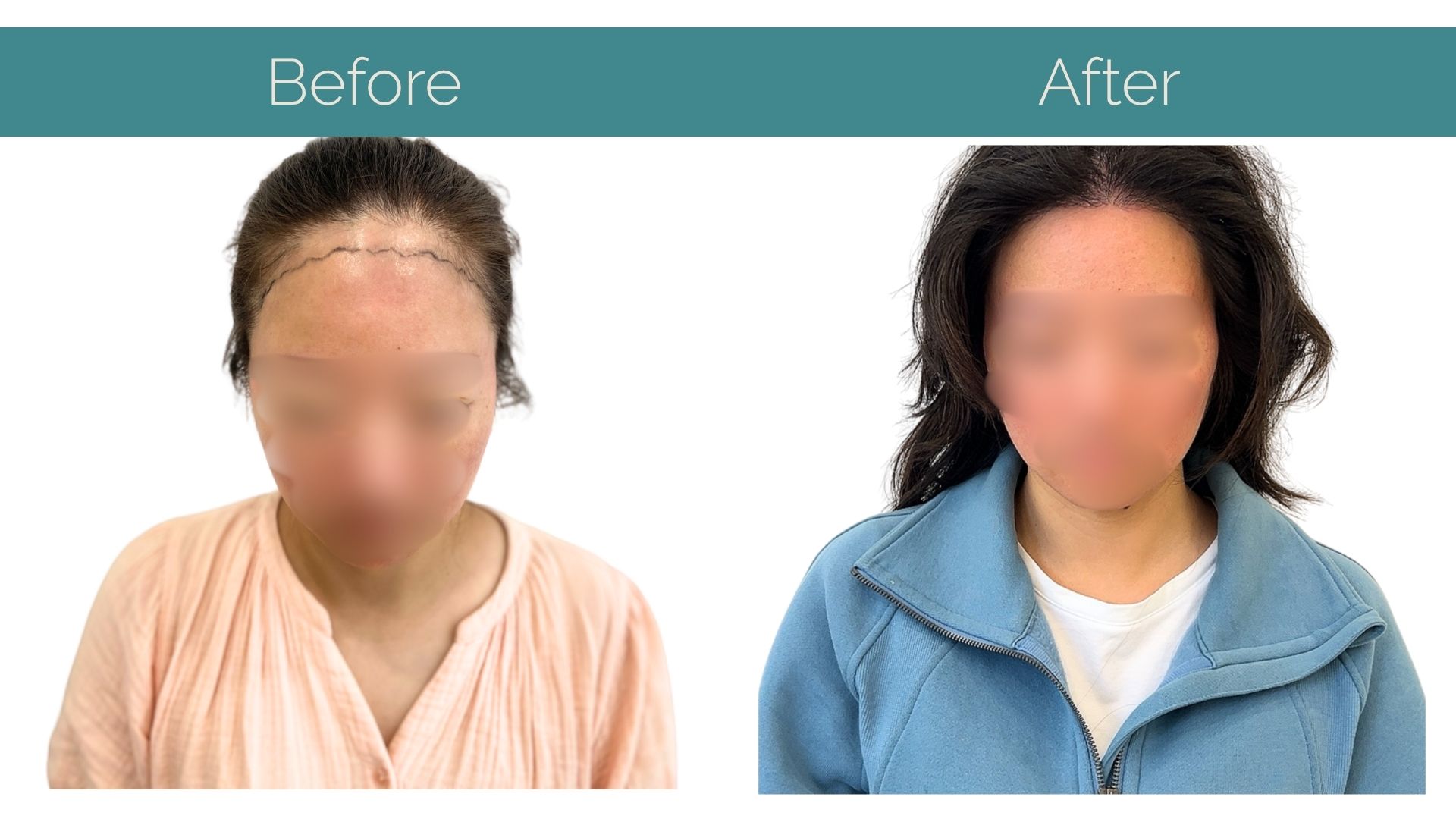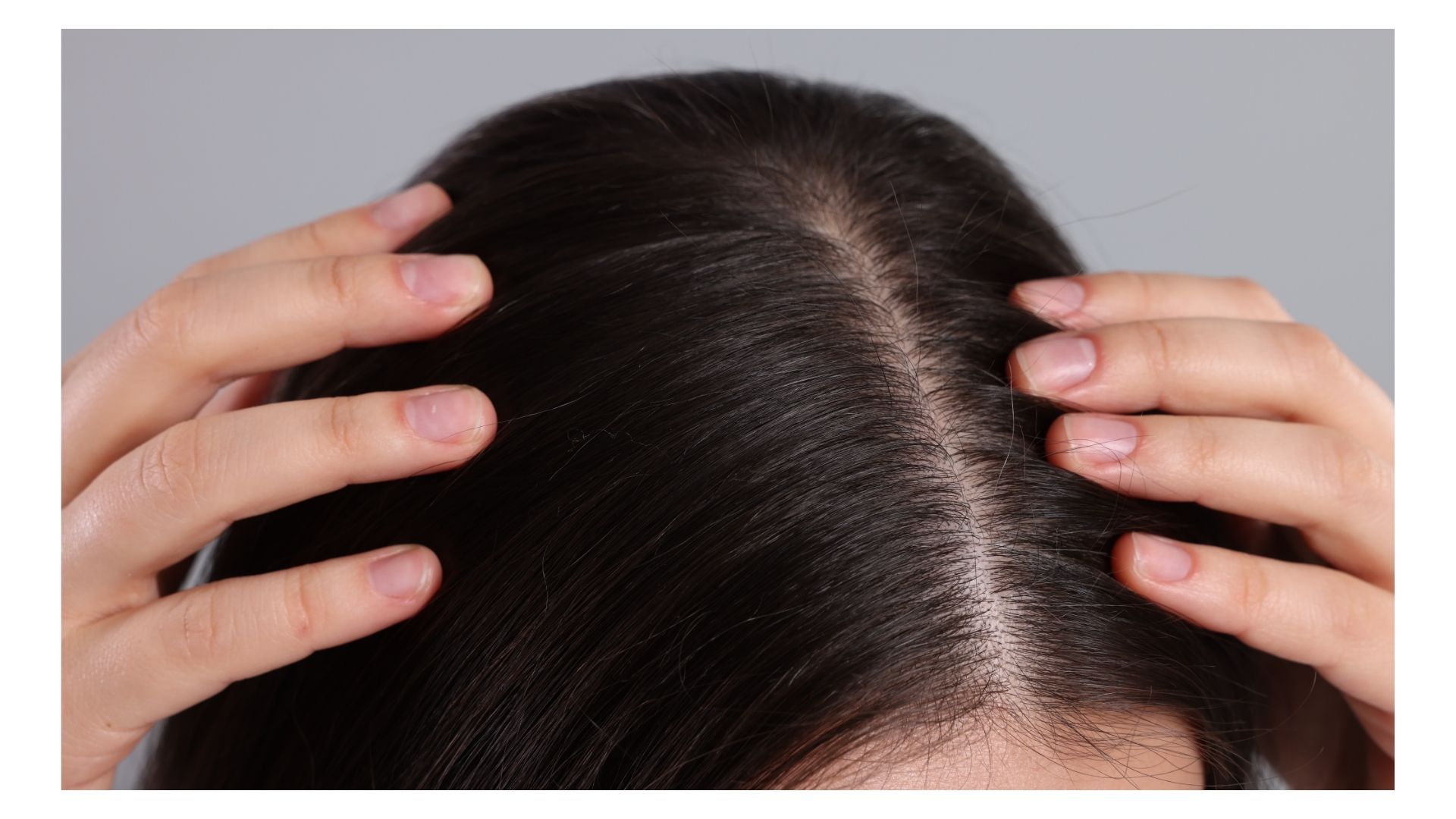Praised by celebrities, influencers, and dermatologists alike, this minimally invasive procedure has become one of the fastest-growing trends in clinics across the globe. But what exactly is it, and why are so many people turning to it in pursuit of smoother, brighter skin?
This feature takes a closer look at what micro needling involves, how it works, what you can expect from a session, and whether it might be the right treatment for you.
The Basics: What is Micro Needling?
Micro needling – sometimes referred to as collagen induction therapy – is a cosmetic procedure that uses ultra-fine, sterile needles to create tiny, controlled punctures in the skin’s surface.
Although the concept may sound a little daunting, these “micro-injuries” are carefully designed to stimulate the body’s natural healing response. In doing so, they encourage the production of collagen and elastin – the proteins responsible for keeping skin plump, firm, and youthful.
The treatment is most often performed with a hand-held device such as a derma roller or a motorised pen. Both are equipped with fine needles that glide across the skin, triggering repair while also improving how skincare products are absorbed.
How Does It Work?
Think of micro needling as a way of nudging your skin into rejuvenation mode. Each controlled puncture sends signals to the body that healing is needed. As the skin repairs itself, it naturally produces more collagen and elastin.
This extra boost of skin-strengthening proteins can help to smooth fine lines, fade acne scars, reduce enlarged pores, and improve overall texture.
The microscopic channels created also allow serums and active ingredients applied afterwards to sink deeper, making them far more effective than usual.
Where is Micro Needling Used?
While the face is the most common area for treatment, micro needling is not limited to it.
Neck and décolletage: Popular choices for targeting early signs of ageing.
Scalp: Sometimes used as part of hair restoration therapies to stimulate growth.
Hands: To even skin tone and soften age spots.
Its versatility is one of the reasons the treatment has gained such widespread popularity. Whether your concern is wrinkles, scars, or dullness, micro needling can often be tailored to address it.

What Happens During a Session?
A typical appointment takes between 30 minutes to an hour. Before treatment begins, the practitioner will cleanse your skin and apply a numbing cream for comfort. Once the skin is prepared, the device is gently moved across the area, creating thousands of tiny punctures.
Most patients describe the sensation as slightly uncomfortable rather than painful – more like a prickling or scratching feeling. Afterwards, the skin may look flushed, similar to a mild sunburn. This usually fades within a couple of days.
Recovery and Aftercare
After a session, you can expect some temporary redness and sensitivity. Your skin may feel warm or tight for 24–48 hours. Mild flaking is also normal as the skin begins to renew itself.
To protect and support recovery, experts recommend:
- Avoiding makeup for at least 24 hours.
- Using gentle, hydrating skincare free from harsh acids or retinoids for a week.
- Applying broad-spectrum SPF daily, as skin will be more vulnerable to sun damage.
Most people find their complexion settles within a week, with results becoming more noticeable as collagen production ramps up in the following weeks.
How Often Should You Do It?
The frequency depends on your skin goals. For general maintenance and glow, one session every six to eight weeks is often sufficient.
For more targeted concerns such as acne scars, pigmentation, or deeper wrinkles, practitioners may recommend a course of three to six sessions, spaced four to six weeks apart.
A tailored treatment plan is usually advised after consultation.
Why Choose Micro Needling?
The appeal lies in its ability to deliver visible results without surgery or heavy downtime. Micro needling:
- Reduces scars, wrinkles, and rough textures.
- Enhances overall radiance.
- Boosts the effectiveness of skincare routines.
- Requires only minimal recovery compared to more invasive procedures.
By working with the body’s natural healing mechanisms, the treatment achieves results that look refreshed and natural rather than artificial.

Are There Any Risks?
Like all cosmetic treatments, micro needling isn’t without potential side effects. The most common are temporary redness, irritation, or slight swelling. When performed correctly, these usually resolve quickly.
More serious risks – such as infection or scarring – are rare, but they highlight the importance of choosing a qualified practitioner, like our team at IK Clinics, who uses sterile equipment.
Certain conditions make micro needling unsuitable, including active acne, eczema, or psoriasis. Individuals with darker skin tones may also need to be cautious due to a slightly higher risk of post-inflammatory pigmentation, though this can often be managed with professional guidance.
Is It Right for You?
If you’re looking for a treatment that can breathe new life into tired, uneven skin with minimal downtime, micro needling may be worth considering. It’s not a miracle cure, but it is a proven, science-backed way to encourage your skin to repair and renew itself.
Ultimately, a consultation with a trusted clinic is the best way to determine if it suits your goals. With professional advice and a well-planned course of treatments, micro needling could be the secret to achieving the radiant, confident complexion you’ve been searching for.
About IK Clinics
At IK Clinics, we’re not afraid to say that we’re proud to lead the way. Our expert team, advanced technology, and commitment to patient care ensure you get the best experience from start to finish.
What’s more, we offer a range of services with our various anti-aging treatments#. What’s more, we also offer several treatment options in hair restoration, like FUE, Stem-cell and Plasma Therapy.
Get in touch to find out more or book a consultation.


